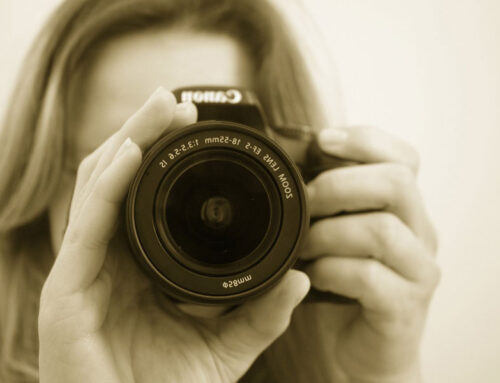A great read from our stylist friend DeVerne Agustus
First of all, sebum is perfectly natural. All healthy hair, scalps rather, produce sebum. It moisturizes your scalp and protects your hair.
How much you produce depends… It depends on hair type, hygiene, & lifestyle factors. If you feel your hair is oilier than it should be, read on my friend. Read on.
Good hair hygiene is always the first place to start. Washing your scalp well & often removes oils and gives you a fresh start. It’s why I always say it is never a competition to see who can go the longest between washes, It isn’t a badge of honor.
Now some hair types are just more prone to oiliness, some times it is lifestyle… intense exercise, overuse of hair product, even being out in excessive heat or humidity can trigger oily hair.
Now, I know this can be confusing, but over washing is a concern, too. Shampooing removes oil. That sends a signal to your scalp to replace it. I know what you are thinking, “How the heck do I know how often is too often or not often enough???” I feel you. Let your hair tell you.
Straight hair is quite prone to looking oily, because the strands lay closely together, and without the texture or wave, oil travels faster on the strand.
Your products can do it. If you aren’t using a cleansing shampoo, you aren’t removing product or oil well at all. Water alone doesn’t break up oil, or many product ingredients, allowing for them to build up. The result is oily looking hair.
Removing residues and build up can trigger oil production. Residues shield the scalp & hair keeping the oil from traveling out from the scalp.
Think of residues as water (or oil) tight barriers. If water can’t get under it, oils will have difficulty in getting out from under it. Then when you do remove the residue and it can be like the flood gates have opened. Your body is responding to what it sees as a new environment where more oil is needed for protection. In time that reaction will equalize when good products are consistently used. You can hurry this along by using oil on your scalp before shampooing. It’s kinda like fighting fire with fire.
So whether your hair is often oily, or you are experiencing greasy hair after changing your products, you are not alone in your experience.
It seems that big changes in your hair routine can create the perfect storm for greasy heads, particularly when moving to more natural products, or products that do a better job of breaking up and removing residues.
In my professional experience, washing every other or every 3rd day is a great frequency to cleanse your hair & scalp. Of course there is no one size fits all amount, but 2 to 3 times a week is what 20 years of salon work has shown me to work for the majority of people.
Sometimes all it takes is some simple changes with your routine. A more mild shampoo that doesn’t strip oils away completely.
Wash more or less often. I know, real helpful, but sometimes it takes trial & error to find out what is triggering the issue for you. If you wash everyday, try goin a day or 2 between. If you’re stretching your washes out several day, shorten the interval to ever other day, or every 3rd.
Lay off the brushing and straighteners, the straighter the hair, the faster the the travels, & brushing drags sebum from the scalp out onto the strands. (I’m not saying you can’t ever brush your hair).
Change your bed linens, specifically your pillowcase. Every time you go to bed, you are laying in oil from yesterday and the days before that. Clean pillows = cleaner hair.
So what is our absolute FAVE solution? Monat Black shampoo (clarifying) and the CHAMP dry shampoo! Come on in for a free consultation and we can help!


